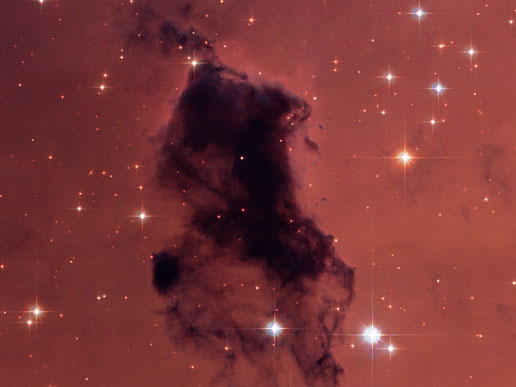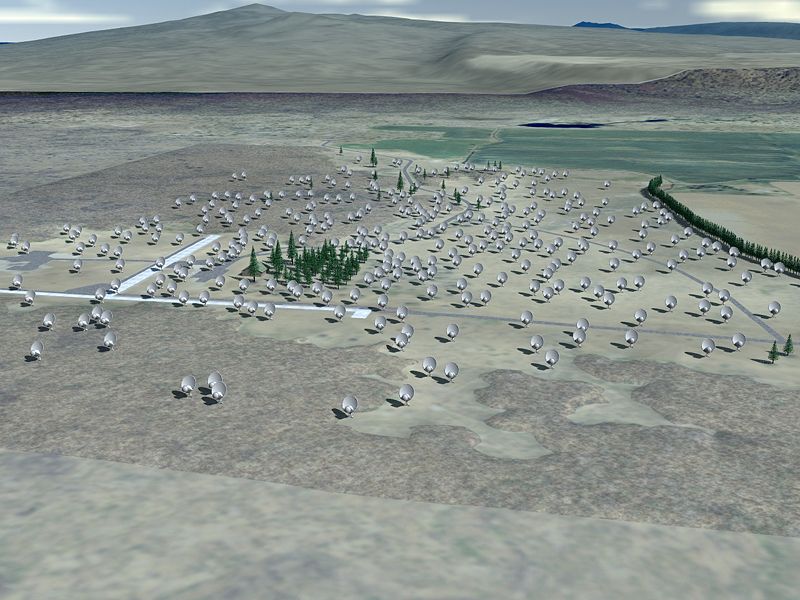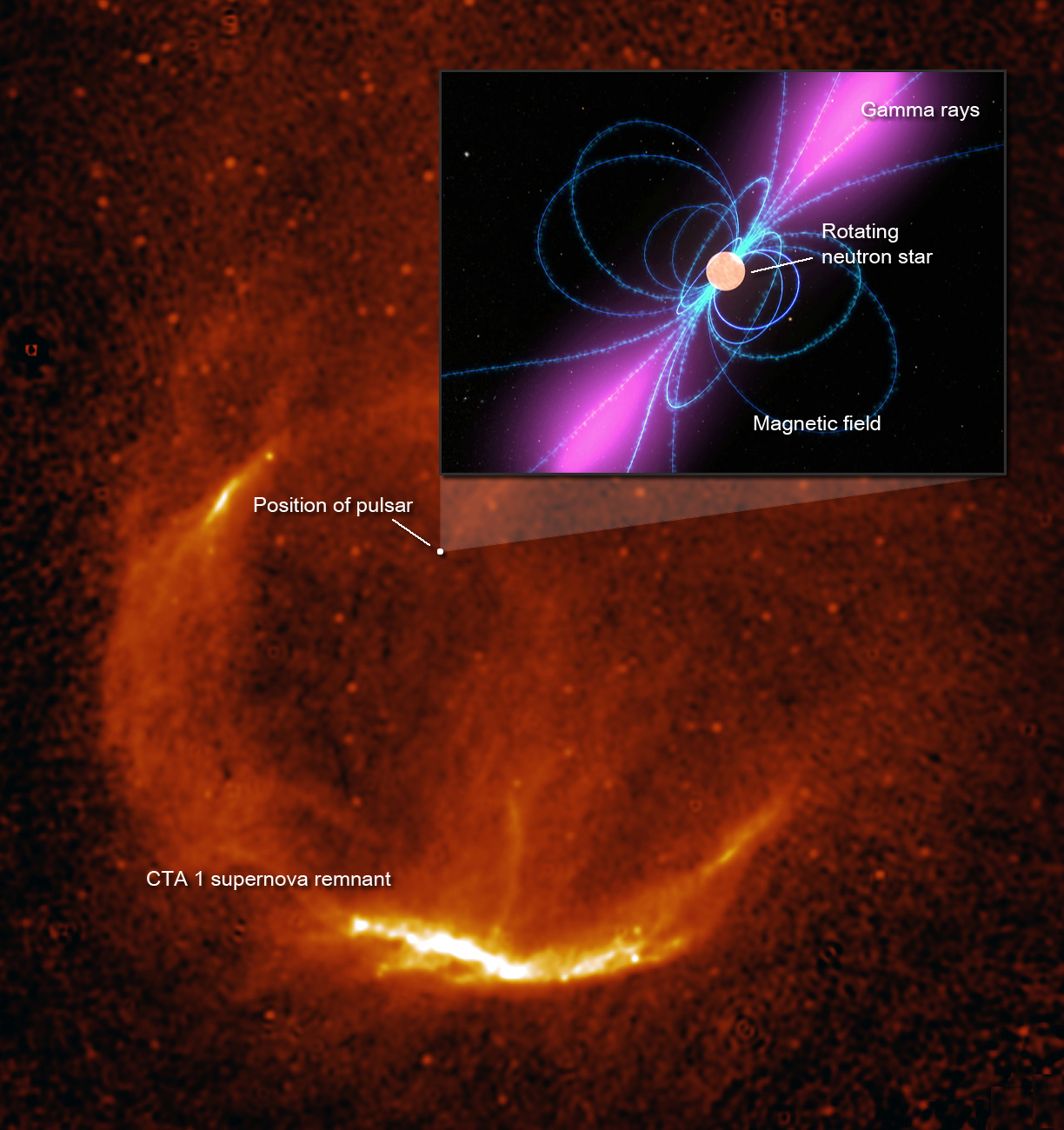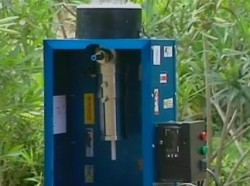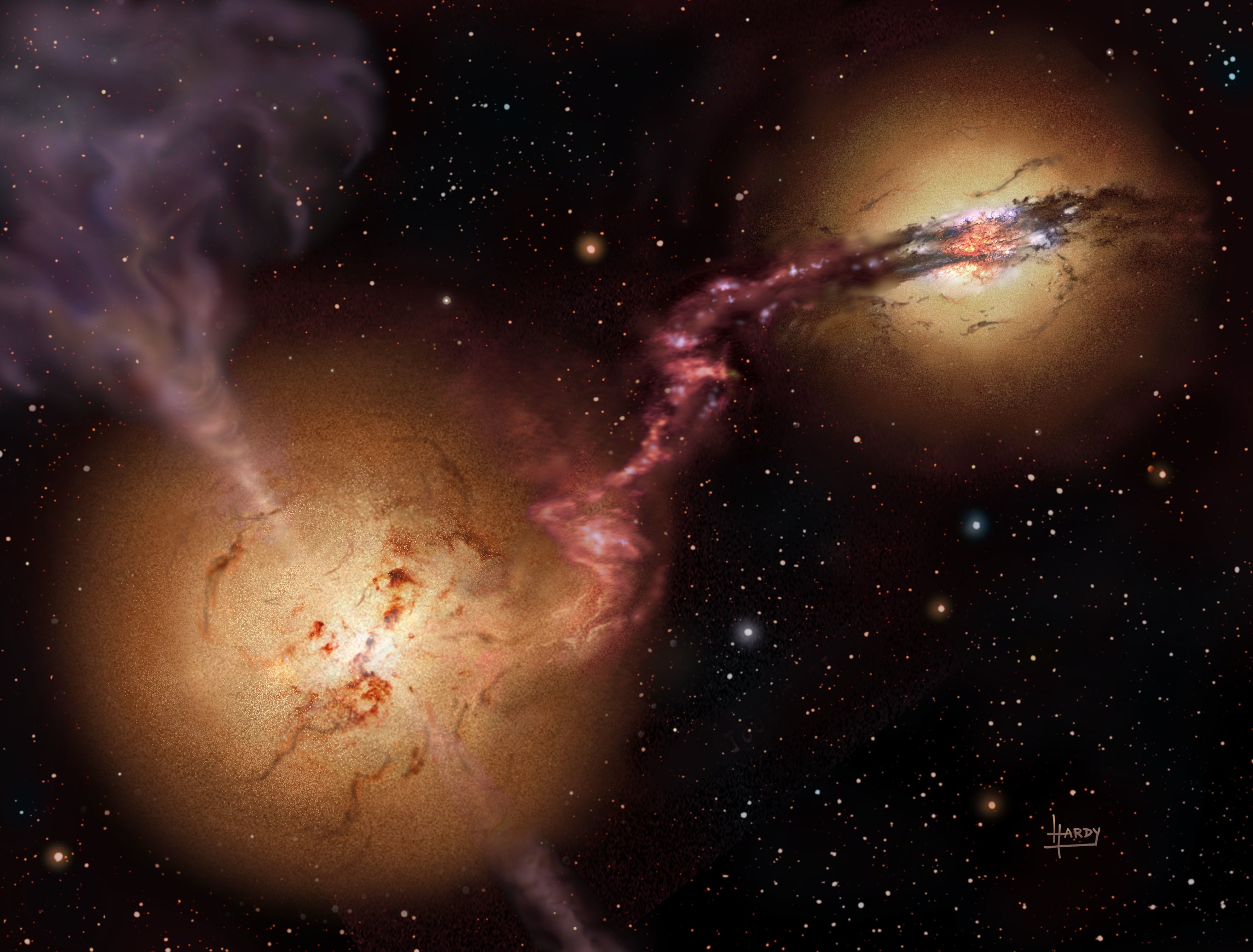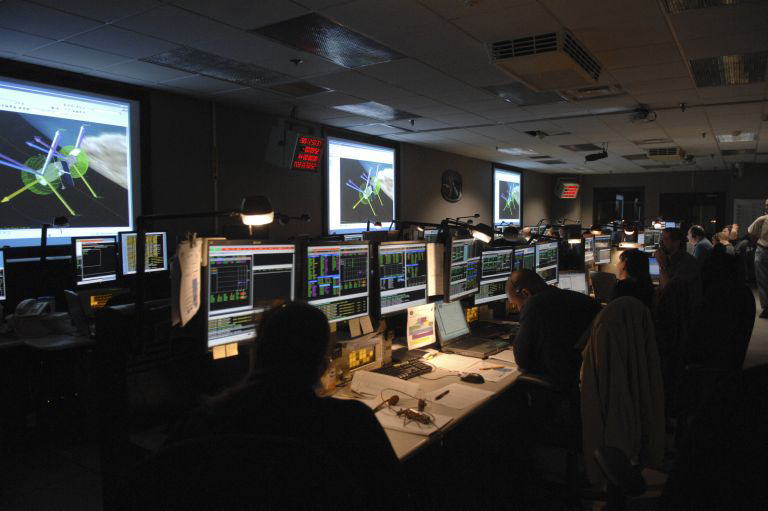[/caption]
Maybe the fictional Dr. Frankenstein wasn’t so crazy after all. Two scientists have resurrected an old experiment, breathing life into a “dead” notion about how life began on our planet. New analysis shows that lightning and gases from volcanic eruptions could have given rise to the first life on Earth.
“It’s alive!”…
Back in the early 1950s, two chemists Stanley Miller and Harold Urey of the University of Chicago did an experiment that tried to recreate the conditions of a young Earth to see how the building blocks of life could have arisen. They used a closed loop of glass chambers and tubes with water and different mixes of hydrogen, ammonia, and methane; the gases thought to be in Earth’s atmosphere billions of years ago. Then they zapped the mixture with an electrical current, to try and confirm a hypothesis that lightning may have triggered the origin of life. After a few days, the mixture turned brown.
When Miller analyzed the water, he found it contained amino acids, which are the building blocks of proteins — life’s toolkit. The spark provided the energy for the molecules to recombine into amino acids, which rained out into the water. The experiment showed how simple molecules could be assembled into the more complex molecules necessary for life by natural processes, like lightning in Earth’s primordial atmosphere.
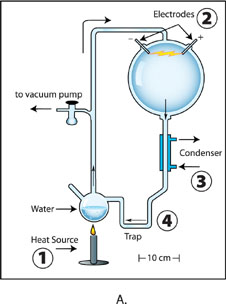
But there was a problem. Theoretical models and analyses of ancient rocks eventually convinced scientists that Earth’s earliest atmosphere was not rich in hydrogen, so many researchers thought the experiment wasn’t an accurate re-creation of early Earth. But the experiments performed by Miller and Urey were ground-breaking.
“Historically, you don’t get many experiments that might be more famous than these; they re-defined our thoughts on the origin of life and showed unequivocally that the fundamental building blocks of life could be derived from natural processes,” said Adam Johnson, a graduate student with the NASA Astrobiology Institute team at Indiana University, Bloomington. Johnson is the lead author on a paper that resurrects the old origin-of-life experiments, with some tantalizing new findings.
Miller died in 2007. Two former graduate students of Miller’s –geochemists Jim Cleaves of the Carnegie Institution of Washington (CIW) in Washington, D.C., and Jeffrey Bada of Indiana University, Bloomington–were examining samples left in Miller’s lab. They found the vials of products from the original experiment and decided to take a second look with updated technology. Using extremely sensitive mass spectrometers at NASA’s Goddard Space Flight Center Cleaves, Bada, Johnson and colleagues found traces of 22 amino acids in the experimental residues. That is about double the number originally reported by Miller and Urey and includes all of the 20 amino acids found in living things.
Miller actually ran three slightly different experiments, one of which injected steam into the gas to simulate conditions in the cloud of an erupting volcano. “We found that in comparison to Miller’s classic design everyone is familiar with from textbooks, samples from the volcanic apparatus produced a wider variety of compounds,” said Bada.
This is significant because thinking on the composition of Earth’s early atmosphere has changed. Instead of being heavily laden with hydrogen, methane, and ammonia, many scientists now believe Earth’s ancient atmosphere was mostly carbon dioxide, carbon monoxide, and nitrogen. But volcanoes were active during this time period, and volcanoes produce lightning since collisions between volcanic ash and ice particles generate electric charge. The organic precursors for life could have been produced locally in tidal pools around volcanic islands, even if hydrogen, methane, and ammonia were scarce in the global atmosphere.
So, this breathes life into the notion of lightning jump-starting life on Earth. Although Earth’s primordial atmosphere was not hydrogen-rich, gas clouds from volcanic eruptions did contain the right combination of molecules. Is it possible that volcanoes seeded our planet with life’s ingredients? While no one knows what happened next, the researchers are continuing their experiments in an attempt to determine if volcanoes and lightning are the reasons we’re here.
The paper was published in Science on Oct. 17, 2008
Sources: NASA, ScienceNOW


